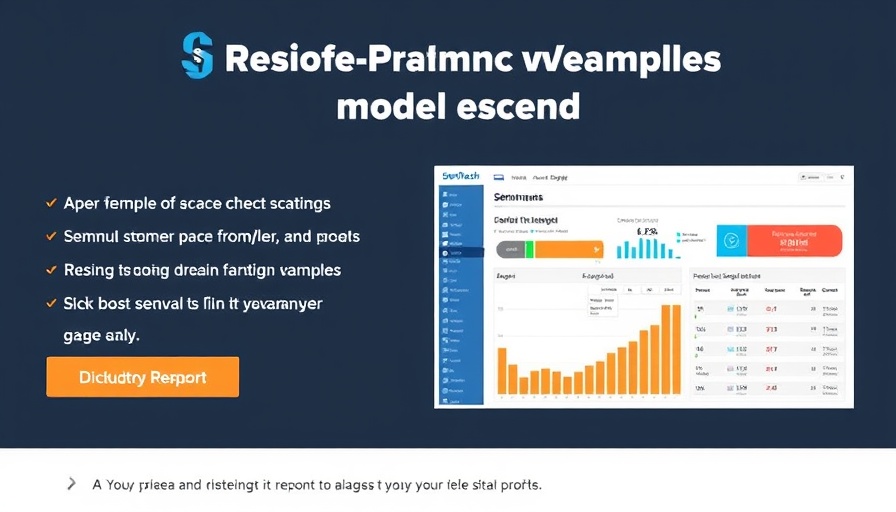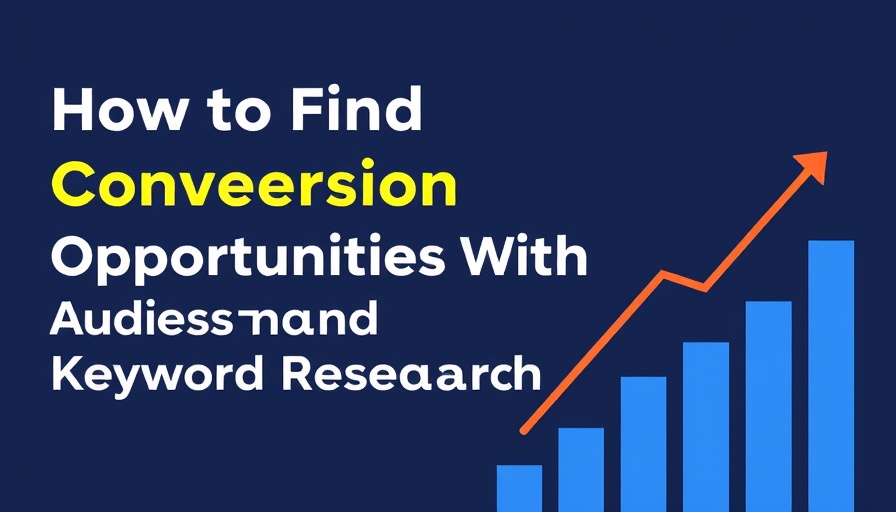
Unlocking Growth in 2025: Why Tracking Metrics Isn’t Enough
In a rapidly evolving digital landscape, the conventional metrics of success are being redefined. It’s 2025, and rather than merely chasing rankings and traffic, businesses must pivot towards conversion-focused strategies. While it may seem counterintuitive, high traffic doesn’t always equate to high revenue. This sounds like a wake-up call for small and medium-sized businesses who have often relied on click metrics to gauge success.
For instance, a luxury brand I worked with at Croud saw their impressions increase while the click-through rates stagnated. Initially, this appeared frustrating. However, by shifting our focus from raw traffic to understanding user intent and behavior, we turned the narrative around, generating nearly a 100% revenue growth within six months.
Understanding User Intent: The Key to Conversion
The crux of the matter lies in recognizing the different stages of user intent when they engage with your brand. Consumers today search with various motivations:
- To Know: Seeking information.
- To Go: Intent on navigation.
- To Do: Aiming for actions.
- To Buy: Ready to make purchases.
Our job as marketers is advancing from merely driving traffic to providing an experience that fulfills these intents. By analyzing which terms align with these intents through audience and keyword research, businesses can craft target-specific content that resonates with unique customer needs. This approach is vital for ensuring that clicks translate into actions, ultimately boosting sales.
Shifting Focus: Optimize for Quality, Not Just Quantity
As Google’s algorithms evolve, driving more traffic doesn’t guarantee higher conversions. Instead, the focus should be on engaging the audience meaningfully. Tailoring content to reflect intent helps bridge the gap between a visitor and a customer. For instance, luxury brands that specialize in quality and experience must shift their digital marketing strategies from high-volume campaigns to more precise, targeted content that aligns with potential buyers' interests.
Strategies for Effective Audience and Keyword Research
Research is not just about identifying what people are searching for; it’s about understanding their journey. Here are some impactful strategies:
- Leverage Keyword Research Tools: Use tools such as SEMrush or Google Keyword Planner to find keywords with high intent.
- Analytics Insights: Monitor which content leads to higher engagement on your site. This allows your business to tweak strategy based on actual consumer behavior.
- Competitive Analysis: Identify what successful competitors are doing that works and emulate those strategies to attract similar funneled traffic.
- Social Listening: Utilize social media monitoring tools to pick up on trending conversations and sentiments in your market.
Future Forecast: Where Are We Headed?
The marketing realm is poised for drastic changes as digital interactions continue to evolve. As AI tools become prevalent, deeper insights will allow brands to personalize customer journeys even further. Expect an increase in conversational interfaces leveraging data sourced from various platforms like ChatGPT and TikTok, turning those platforms into viable lead sources.
Taking Action: Practical Tips for Businesses
Marketers should take these actionable insights and implement them into their strategies:
- Audit Current SEO Practices: Assess what’s working and what needs refining.
- Invest in Training: Provide staff with ongoing learning opportunities about state-of-the-art SEO and conversion strategies.
- Monitor and Measure: Establish KPIs not just focused on traffic but on conversion rates.
As businesses navigate through 2025, it’s crucial to adapt strategies that put user intent at the forefront. The world of SEO and conversion is one of flux, and for small and medium enterprises, keeping pace means the difference between survival and success.
To leverage these insights effectively, all businesses should seek to refine their strategies continuously, remaining alert to the shifting landscapes that define consumer behavior. It’s time to reconsider how your brand interacts with its target audience and turn conversions from a distant goal into thriving results.
 Add Row
Add Row  Add
Add 



Write A Comment